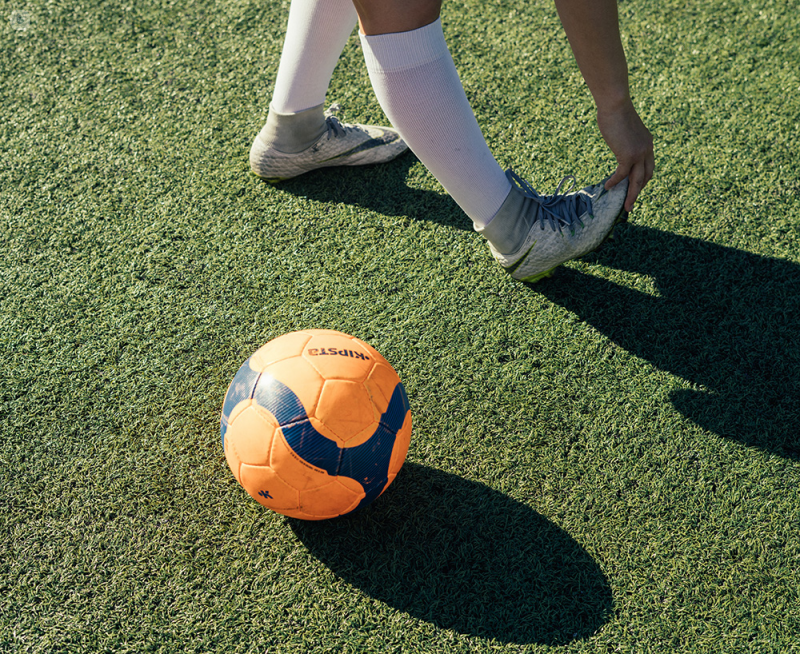Sever's disease: what you need to know about heel pain in children
Written by:Sever's disease, also known as calcaneal apophysitis, is a painful heel condition that affects growing children. Mr Matthew Solan, one of our top trauma and orthopaedic surgeons based in London and Guildford, walks us through what Sever's disease is, the signs and symptoms and how you can help your child better manage the discomfort when they are playing sports.

What is Sever's disease and who is likely to get it?
Sever’s disease is not a disease at all. In fact, it is a type of bone injury that causes inflammation near the growth plate in the heel bone.
Sever’s disease is not dangerous but can be debilitating and disheartening for the child as the discomfort limits their participation in sports and activities.
What are the signs and symptoms of Sever’s disease?
An achy pain in the heel is the main complaint from children. The onset of Sever’s disease is usually gradual, rather than sudden. It is usually after activity, rather than during, that the symptoms are most noticeable. The pain can become bad enough to make participation in sport or dance too difficult.
What causes Sever's disease?
The growing heel bone has a “soft spot”. Too much stress and strain on this softer part of the bone produces pain. Whether this is purely due to impact, or due to the pull of the strong leg muscles through the Achilles tendon, is an unresolved debate.
How is Sever's disease treated?
There is sadly no magic answer. Once the growth of the foot nears completion then the soft bone becomes harder and the pain goes away. This is always true and so time, eventually, cures the condition. The problem is that a sporty child aged eight or nine might have to wait till they are fourteen before the pain resolves.
Rest is not a popular recommendation, although it can be helpful. Muscle stretches theoretically reduce strain on the heel and simple heel lifts can provide both cushioning and reduced tension in the Achilles.
Reassurance that there is no other reason for the pain, and helping the child and parents to better understand the condition is important.
Can children with Sever’s disease still play sports?
Yes, within the limits of the pain. The condition is not dangerous, and no child has ever had problems in later life that were attributable to the Sever’s. However, children, their parents and the sports coaches must accept that it may be necessary to “come off at halftime” during any sports game in order to avoid several miserable days after the match.
Is there anything else that might help?
New to this country are Solemaids insoles. This innovation comes from Denmark and has been very successful and popular there. The device lifts the heel and leaves it “hanging” with no direct pressure. Mr Solan is excited to be the first UK accredited supplier of Solemaids insoles.
Visit Solemaids website or my personal website for more information.
If you would like to book an appointment with Mr Matthew Solan, you can do this via his Top Doctors profile.


